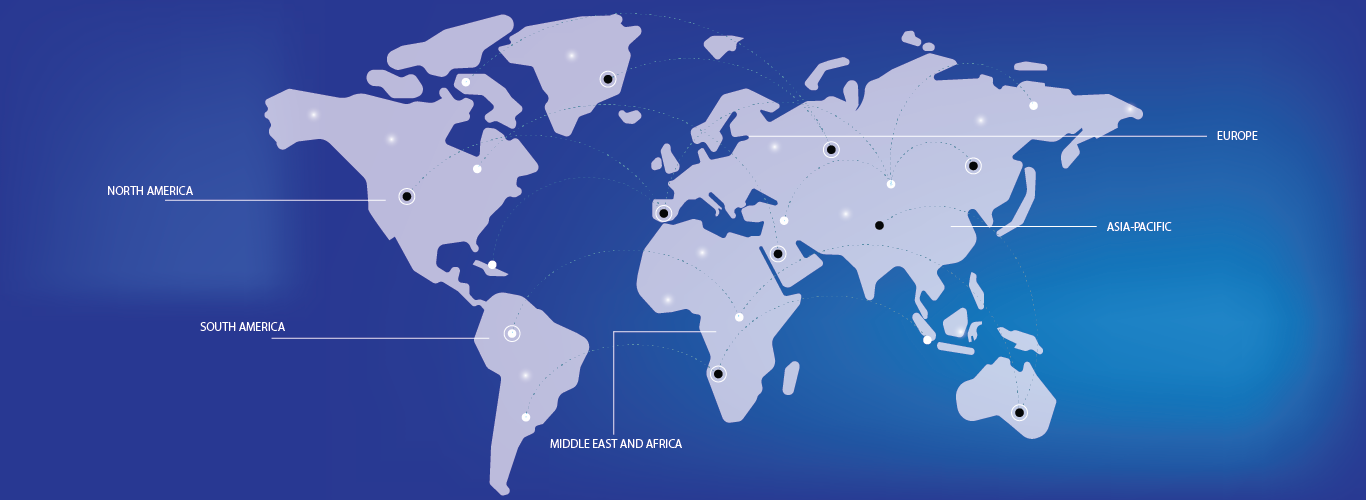Key drivers of the global alopecia areata market include an increase in the geriatric population and rise in the prevalence of alopecia conditions. However, the market faces challenges such as patent expiration and existence of alternative treatment options. In addition, advancements in topical immunotherapy, which aims to retrain the immune system to stop attacking hair follicles, offer further avenues for treatment. The benefits of this market extend beyond just hair regrowth. Effective alopecia areata treatments can significantly improve a patient's quality of life by boosting self-esteem and reducing the psychological impact of hair loss.




